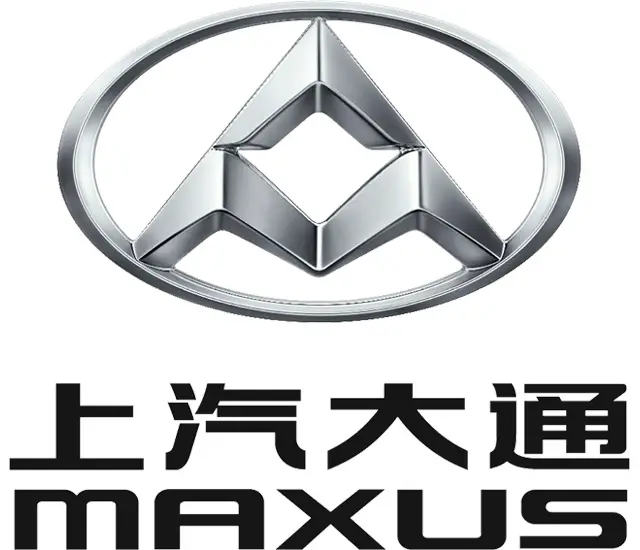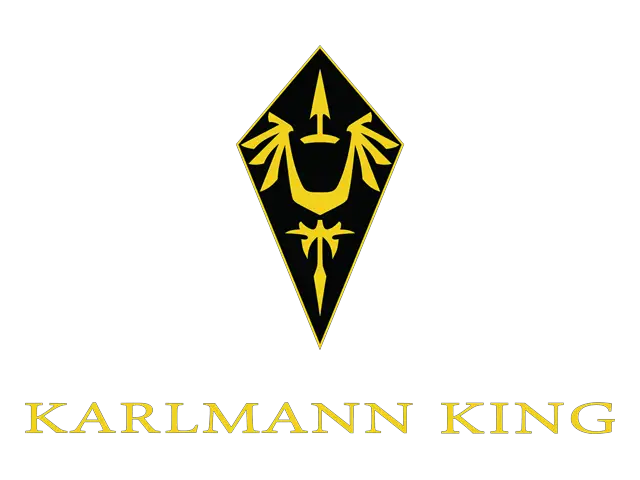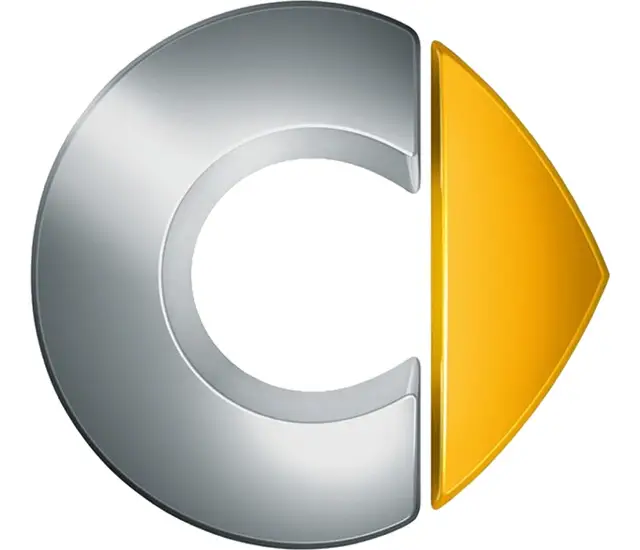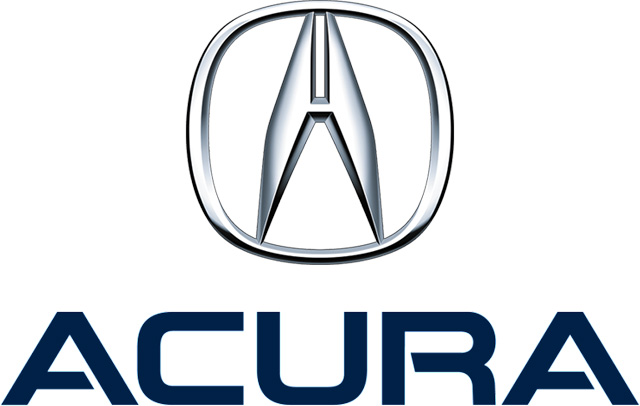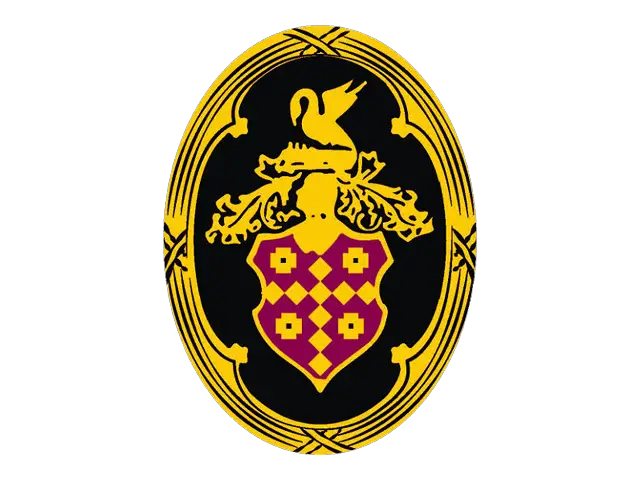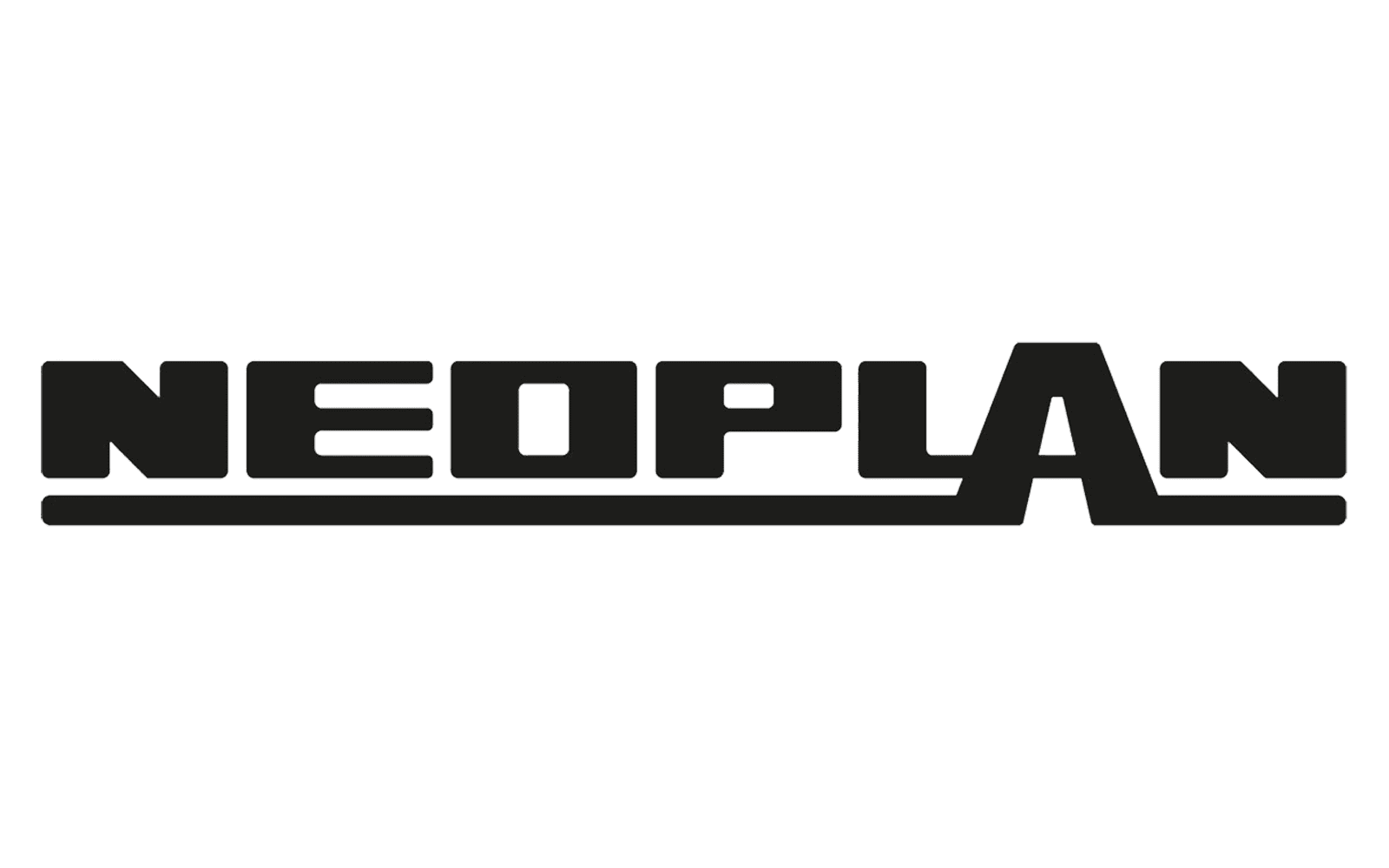scania Logo - History, Design, and Meaning

Company Overview
Scania AB, formerly AB Scania-Vabis, is a major Swedish manufacturer of commercial vehicles, specifically heavy trucks and buses. It also manufactures diesel engines for heavy vehicles as well as marine and general industrial applications. Scania's logo features a griffin, which is derived from the coat of arms of the province of Scania (Swedish: Skåne).
Key Information
- Founded: 1891
- Founder(s): Gustaf Erikson
- Headquarters: Södertälje, Sweden
scania Logo Meaning and History

One of the leading Swedish automobile companies, Scania got its name from the area in Sweden where the brand was established. Its rich history is reflected in the evolution of its logo, which illustrates key milestones in the company's journey.

The first Scania logo featured a stylized bicycle pedal crane with a griffin's head on it. The golden letters of 'Maskinfabriks Aktiebolaget Scania' were arranged around the perimeter of a blue circle, with the word 'Malmö' positioned above the griffin's head.
In 1911, Scania merged with VABIS, leading to a redesign of its logo. The griffin's head became larger and more prominent, and the wordmark was changed to 'Aktiebolaget Scania-Vabis,' featuring enlarged and bolder lettering.

A few years later, the Scania-Vabis logo adopted a deep blue color palette, enhancing the visibility of the gold serif font and making the red griffin head appear stronger.

In 1969, Scania merged with Saab, resulting in the company being named Saab-Scania. However, the brand's vehicles continued to use the simpler 'Scania' wordmark for their logos.

The blue capital letters of the nameplate were executed in a sans-serif typeface with clear bold lines, giving the logo a neat and modern appearance. The rich blue color evokes professionalism and high quality.
The base of the logo we recognize today was designed in 1984 by Carl Fredrik Reutersward. It featured a circular emblem with an enlarged griffin's head and two thin ellipses.

The wordmark was split into two parts: 'Saab' was placed above the griffin, while 'Scania' was positioned below it. The traditional color palette remained, with a blue background, a red mascot, and white lettering, giving the logo a stylish and elegant look that reflects the brand's authority and confidence.
In 1995, after Saab and Scania became independent companies, Scania decided to modernize its traditional pedal crank logo while retaining its basic elements.
The emblem was refined, and the wordmark was placed underneath without overshadowing the mascot image. Scania adopted the typeface used in 1969 for the nameplate, resulting in a strong and sharp logo.

In 2017, the Scania logo was slightly redesigned by Brand Union agency, refreshing the iconic griffin and the custom typeface of the wordmark.
The griffin emblem now appears more three-dimensional, and the new font adds unique traits to the brand. This powerful and modern logo celebrates the brand's heritage and expertise.

The iconic Scania griffin is executed in red and has had two versions of crown color throughout its history: gold and silver. The combination of red and gold added a sense of royalty and courage to the brand, while the new silver crown symbolizes strength, speed, and reliability.
The mascot was inspired by one of the Swedish coat of arms, but the brand has modernized it to look fresh and contemporary, maintaining a strong connection to Scania's heritage and roots.
This evolution serves as a great example of how an old heraldic symbol can be revitalized to become one of the most recognizable icons in the visual identity of an automobile brand.

The iconic Scania griffin is executed in red and had two versions of crown color during its history: gold and silver.
The combination of red and gold added more royalty and courage to the brand, while the new silver crown makes the griffin a symbol of strength, speed, and reliability.
The idea of the mascot was taken from one of the Swedish coat of arms, but the brand made it look fresh and contemporary, without any retro or historical feeling, but with a strong devotion to the Scania heritage and roots.
This is a great example of how the old heraldic symbol can get a new life and become one of the most recognizable icons of the automobile brand's visual identity.
